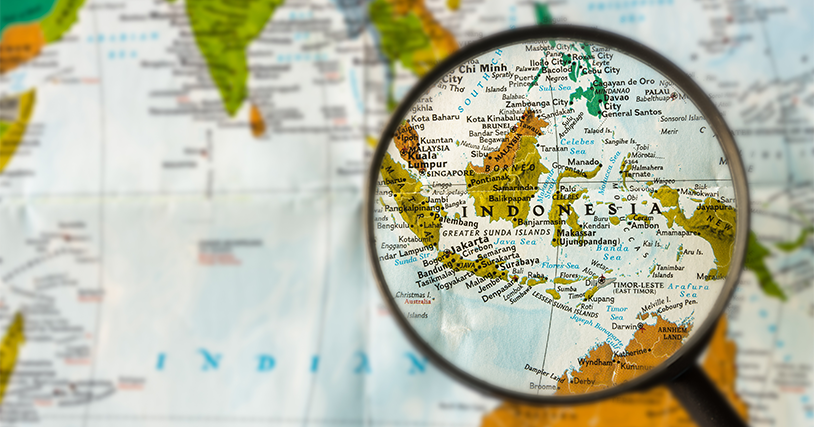
A conversation with Candra Bramono Indianto, director, Teleglobal, and Vaibhav Magow, vice president, Hughes
Q. What are some of the connectivity challenges facing Indonesia, and the APAC region more broadly?
Vaibhav Magow: The Asia Pacific region is vast and varied. From island nations like Indonesia and the Philippines to large areas of remote and rural communities like India. But regardless of the terrain, or whether people live in dense urban areas or more sparsely populated outlying regions, one thing is consistent, and that is that people want and need to be connected.
Pak Candra: For challenges, trying to implement ICT infrastructure in an archipelago with over 6,000 inhabited islands is no easy feat! Indonesia is the world's largest island country, an archipelagic country with significant variances in connectivity set up. That geographical condition must be addressed as a prospect for connecting various regions to allow equal distribution of digital services to all citizens. Distinguishing between intra-island, inter-island, and international connectivity is essential in order to understand the nature of the challenges and causes behind the bottlenecks. Additionally, installing telecommunications equipment in underdeveloped areas requires more effort, because the facilities and infrastructure are not yet supported.
Q. What role does satellite play in addressing these challenges?
PC: The role of satellite communications during these turbulent times is critical and decisive. Satellite technology provides internet benefits for those without access to broadband internet in rural and remote areas such Indonesia. Satellite technology makes it the optimal solution to provide connectivity to connect the unconnected as fast as possible to the most remote and hard to reach areas.
VM: Satellite connectivity addresses these challenges in many ways. First, as a direct to home internet service, satellite can be deployed cost effectively and almost instantly to connect families and small businesses beyond the reach of cable and fiber. Second, satellite is an efficient and cost-effective solve for backhauling cellular traffic to help mobile network operators extend their network reach to serve more customers. And third, shared access solutions like Community Wi-Fi hotspots can be powered by satellite to help connect more people cost-effectively. Our work with Teleglobal is a perfect example.
Q. Tell us about the strategic partnership between Hughes and Teleglobal.
PC: To be successful in working strategically, it's important to pick the right partner. Hughes is one of the manufacturers that is producing efficient baseband equipment for high-throughput satellites and we selected their JUPITER™ System product because it is compatible with the deployed satellite networking platform.
VM: Partnerships like the one between Hughes and Teleglobal are built on mutual understanding and respect. As the equipment supplier in this instance, we worked closely with Teleglobal to listen to their requirements and deliver the right mix of technology on time to meet their needs. It helps that our JUPITER System platform is the de facto global standard for satellite implementations, so compatibility was assured.
Q. What’s one thing that you’ve learned from this partnership?
PC: What we at Teleglobal learned from this partnership is that we should have close coordination and transparency in our interactions. It’s also important that we know and understand each other’s needs in the partnership so we can work together to achieve our mutual objectives.
VM: The team at Teleglobal has ambitious plans to expand their role and to serve the needs of the Indonesian people and enterprise customers. Working closely with Teleglobal we have learnt that no matter how difficult the rollout and short the timelines, equipping our partners with the right tools and information allows them to challenge the established norms for fast rollouts. The Teleglobal teams work very hard to achieve their customers’ milestones and we are proud to support them during challenging circumstances.
Q. What’s on the horizon for you in Indonesia?
PC: Next, Teleglobal will expand into medium and low Earth orbit (LEO) satellite projects as we expand our geostationary satellite capabilities. We will do our part to ensure Indonesia keeps pace with the global transition to digitize all systems in all aspects of life.
VM: And Hughes will continue to support Teleglobal and our partners in Indonesia with GEO and LEO satellite implementations as well as multi-transport solutions, with our JUPITER System and with our extensive knowledge of the OneWeb LEO system for which we developed the ground system electronics and core modules in every user terminal.